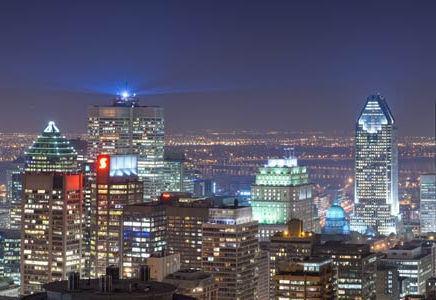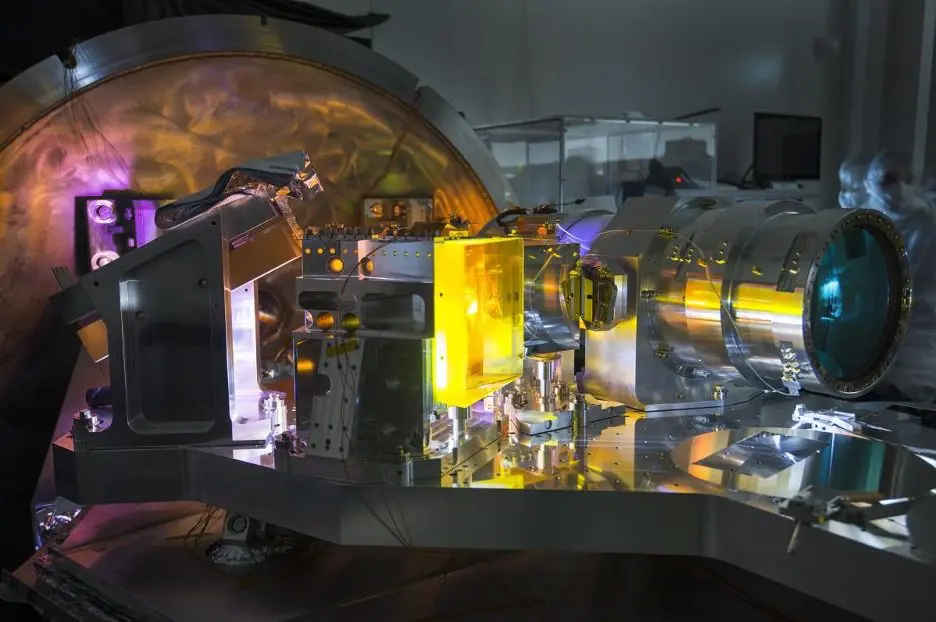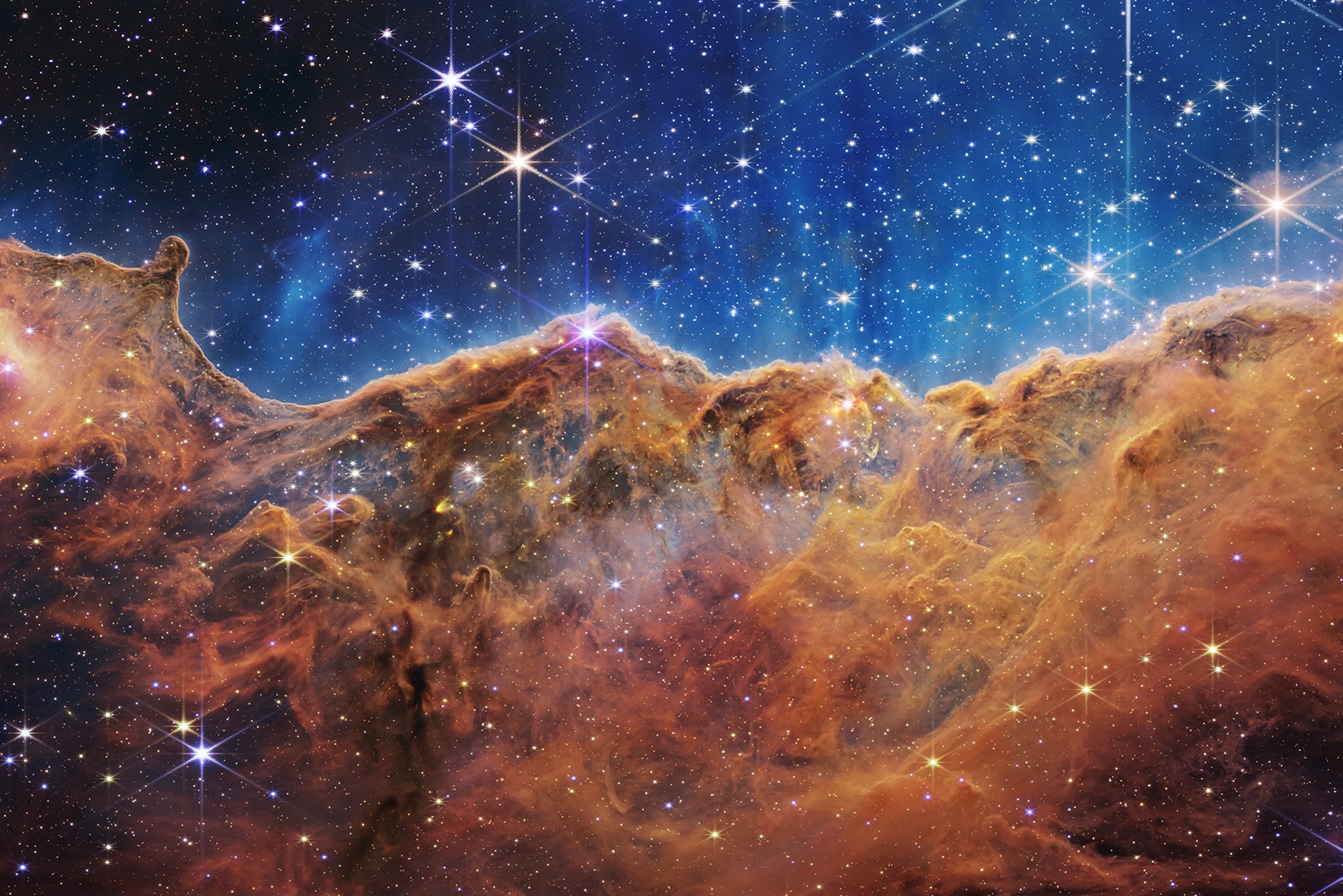Countdown to Webb’s First Images
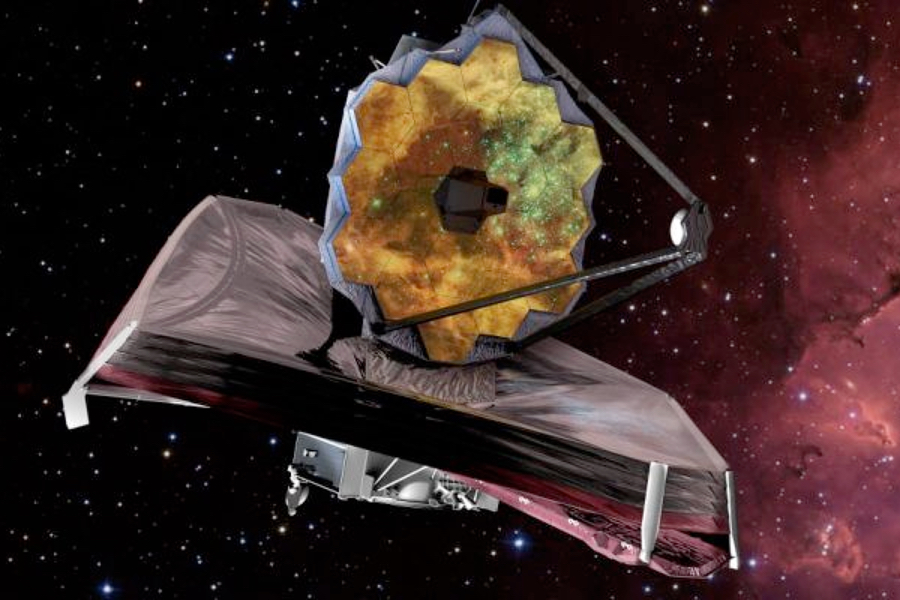
The commissioning of the James Webb Space Telescope is nearly over. The sunshield, mirrors, instruments and all of Webb’s other components are nearly ready to begin the observatory’s long-awaited science operations! This historic moment will finally kickoff on July 12th with the unveiling of Webb’s first full-colour high-resolution images.
To see Webb’s first images on July 12th at 10.30am (EDT), tune in to NASA Live here.
Since its launch on Christmas morning in 2021, the James Webb Space Telescope has checked off several crucial steps to make sure it is ready for science. After being fully deployed, arriving at its final destination in orbit about the Lagrange 2 point 1.5 million kilometres from Earth, aligning its mirror segments, and cooling down to its optimal operational temperature of just 40 degrees above Absolute Zero (or -233 degrees Celsius), Webb now only needs to ensure its scientific instruments are fully functional.
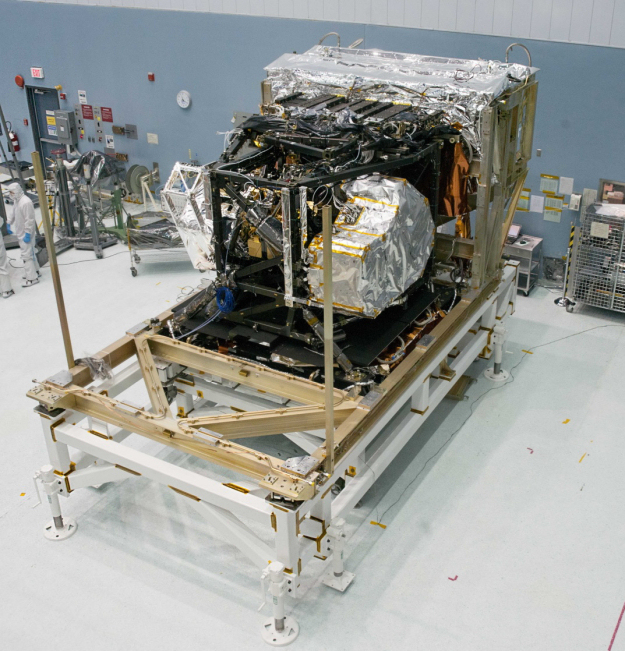
All four of the Webb Telescope’s science instruments are bundled together in its Integrated Science Instrument Module located behind its primary mirror. (Credit: NASA/C. Gunn)
The Webb Telescope has four scientific instruments in addition to its guiding camera, the Fine Guidance Sensor (FGS) which was contributed by the Canadian Space Agency (CSA). All four science instruments are capable of using a number of tools, methods, and techniques to study the Universe in different ways.
- NIRCam (Near-InfraRed Camera) is a near-infrared camera provided by the University of Arizona that will be Webb’s main imaging tool. It can also perform coronography (a technique to block out the light of a bright central object to better see fainter objects around it) and acts as the telescope’s wavefront sensor which allows all of Webb’s 18 mirror segments to operate as one.
- NIRSpec (Near-InfraRed Spectrograph) is a near-infrared spectrograph, which breaks up light into its component colours or wavelengths, provided by the European Space Agency (ESA) with contributions from NASA. It can collect spectra from many objects at once, including through a method called integral field spectroscopy which collects both spatial and spectral information simultaneously.
- MIRI (Mid-InfraRed Instrument), provided by the European Space Agency is the only mid-infrared instrument aboard Webb and can see the glow of cosmic dust and gas themselves, rather than simply seeing through them as is the case for the near-infrared instruments. Because it looks at longer wavelengths, it must be cooled down to an even colder temperature: only 7 degrees above Absolute Zero.
- NIRISS (Near-InfraRed Imager and Slitless Spectrograph) is Canada’s scientific instrument and can collect both images and spectra of up to thousands of celestial objects at once in the near-infrared. It can also use a technique called interferometry to take images of objects that are very close together. To discover all four modes of NIRISS, check out this CSA blogpost or this NASA blogpost.
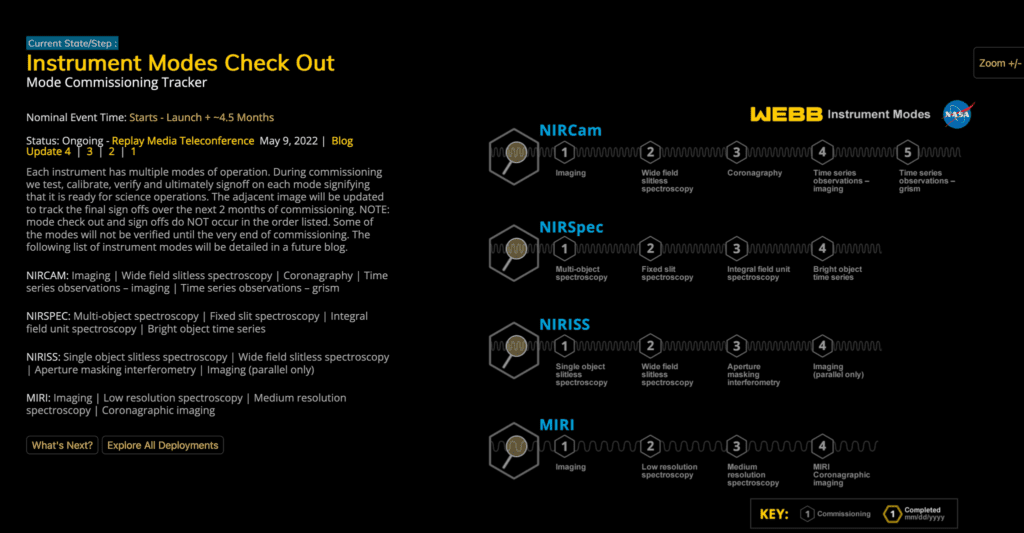
17 separate modes across all four instruments must be verified and checked off before Webb is deemed science-ready. (Credit: NASA/ESA/CSA)
In total, 17 separate modes across all four instruments must be verified and checked off before Webb is deemed science-ready. The Canadian team, including our Director René Doyon and many other OMM researchers, was thrilled to announce that the NIRISS instrument was the first to be ready for science on June 27th! The MIRI team were next to announce that their instrument had also completed its full verification for science readiness on June 30th. We expect NIRCam and NIRSpec to follow very shortly in the coming days.
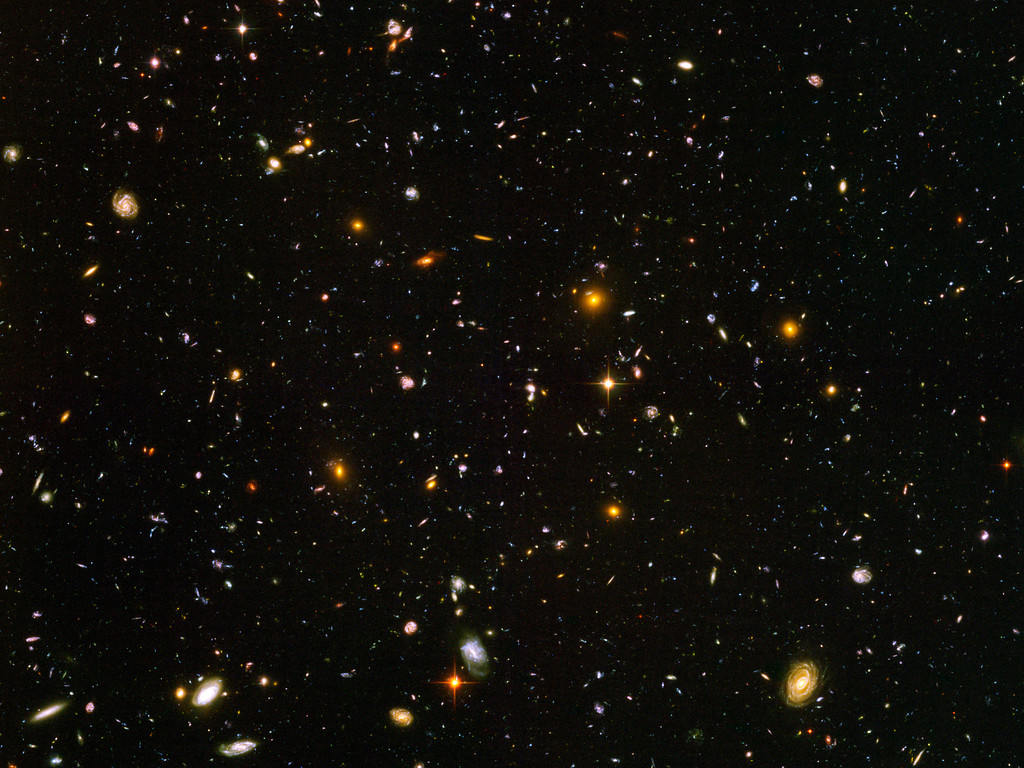
The Hubble Ultra Deep Field, an image requiring 800 exposures taken over the course of 400 Hubble orbits around Earth in 2003 and 2004, displays nearly 10,000 galaxies including some of the most distant known galaxies at the time. (Credit: NASA/ESA/S. Beckwith/STScI/HUDF Team)
To mark the transition between the end of the Webb Telescope’s 6-month commissioning period and the beginning of its science operations, NASA, ESA, the CSA and all other mission partners will be releasing the telescope’s highly-anticipated first full-colour images on July 12th! During a media briefing on June 29th, it was revealed that this first release will include the spectrum of an exoplanet atmosphere as well as the deepest image ever taken of the Universe — even deeper than the Hubble Telescope’s Ultra Deep Field.
We invite the entire world to share this incredible moment with the Webb team and astronomers everywhere through the following events.
- Countdown: How many minutes left? The official countdown is at https://webb.nasa.gov/content/webbLaunch/countdown.html.
- Watch the First Images’ Reveal Event: See the images revealed in real-time and hear from experts about the exciting results on NASA TV at 10:30am (EDT) on July 12th: https://www.nasa.gov/nasalive.
- View the First Images: Just interested in the amazing imagery? You will be able to find the first images and spectra at: https://www.nasa.gov/webbfirstimages.
- On Social Media: Follow along on Twitter, Facebook, and Instagram with @csa_asc, @NASA and @NASAWebb using #UnfoldTheUniverse!
- Download the Images: High-resolution downloads and supplemental content will be available for download at: https://webbtelescope.org/news/first-images.
- Ask your Questions: On July 13th, ask your questions about these first images and spectra using #UnfoldtheUniverse, and you could see them answered on NASA Science Live at: https://www.nasa.gov/nasasciencelive.
